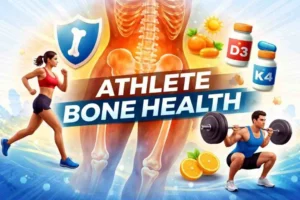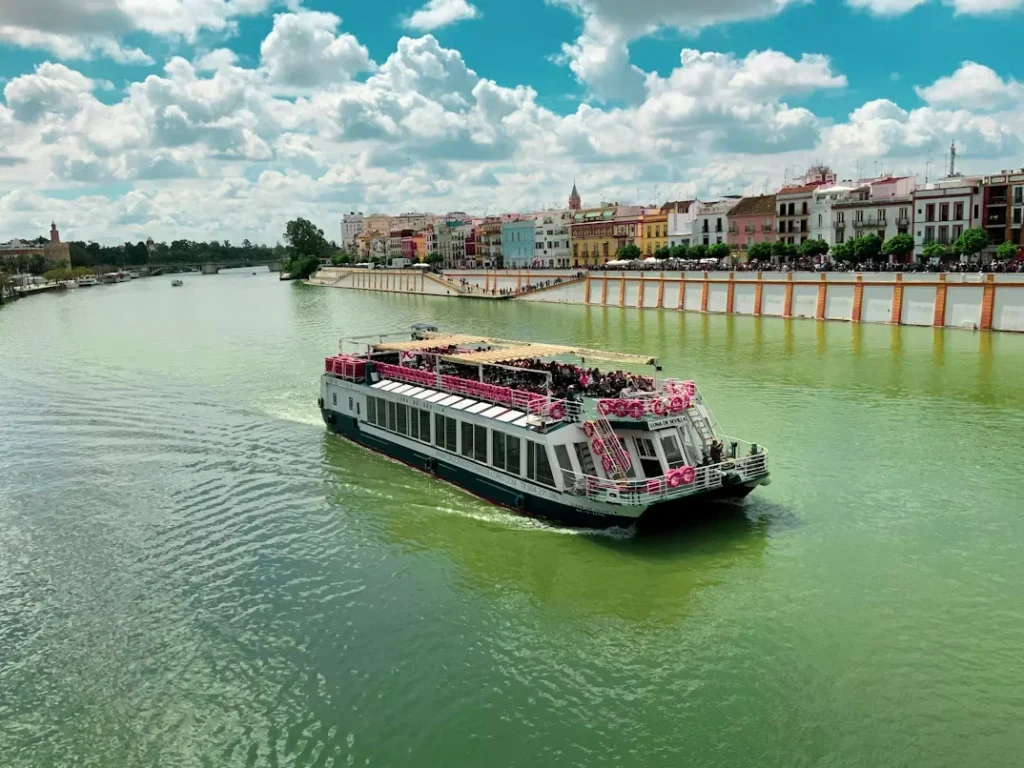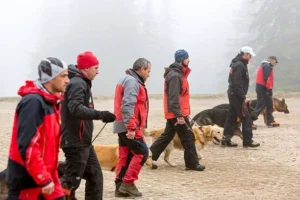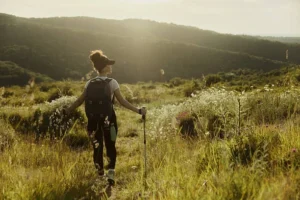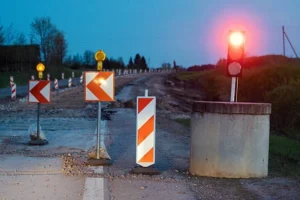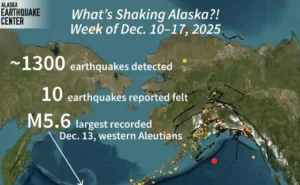Do you want to embark on a pleasant and immersive journey through Europe? Then, river cruising is the experience you want to set your sights on. Vessels carrying fewer than 200 passengers mean that you’ll have an intimate access to places ocean liners can’t reach, medieval hilltop fortresses, treasurers in the form of working vineyards on terraced slopes, UNESCO-listed towns, and regional food and wine you sample where it’s made.
Just imagine unpacking once and visiting tens of countries, often jumping right into city centers without needing buses or taxis. If it’s the castle-rich Rhine or Portugal’s Douro where wine overfloweth, here’s precisely what you’ll see and do on a river cruise.
The Rhine: Fairytale Castles And German Wine Towns
On a cruise on the Middle Rhine Gorge between Koblenz and Rüdesheim, you’ll mistake your life for a medieval story book. This particular UNESCO World Heritage site features over 40 castles and fortress ruins packed into a 65-kilometer corridor. Everyone has their history and vantage point over the river, as you travel slowly.
Notable castles include:
- Marksburg Castle (Braubach): This is the only castle on the Rhine that stands proudly as the only understroyed castle on the Rhine, which is an achievement among castles on the Rhine. Tours explore weapon chambers, kitchens, and battlements, sadly, no wine cellars.
- Burg Katz and Burg Maus: Two rival lords from the 14th century built these castles to face one another across the river, reportedly out of sheer spite, which makes for a fun tour context.
- Pfalzgrafenstein Castle: Imagine an island in a river, then imagine a castle shaped like a stone ship on that island, and that’s Pfalzgrafenstein (a true tongue twister, which makes us glad this is an article and not a video). Unsurprisingly, you can only get there via ferry.
The region’s wine culture is fine, but there are richer regions in the world. There’s the Rheingau, Germany’s oldest winemaking region and home to estates like Schloss Vollrads and Kloster Eberbach. Shore excursions typically include:
- A gondola ride over vineyards in Rüdesheim (they don’t put Venice to shame, but are charming).
- Wine tastings of Riesling and Spätburgunder (Pinot Noir).
- Optional hikes through the Niederwald forest to panoramic lookouts above the river (to be honest, it contains neither castles nor wines, but it’s a good excursion)
The Danube: Imperial Cities And Monastic Heritage
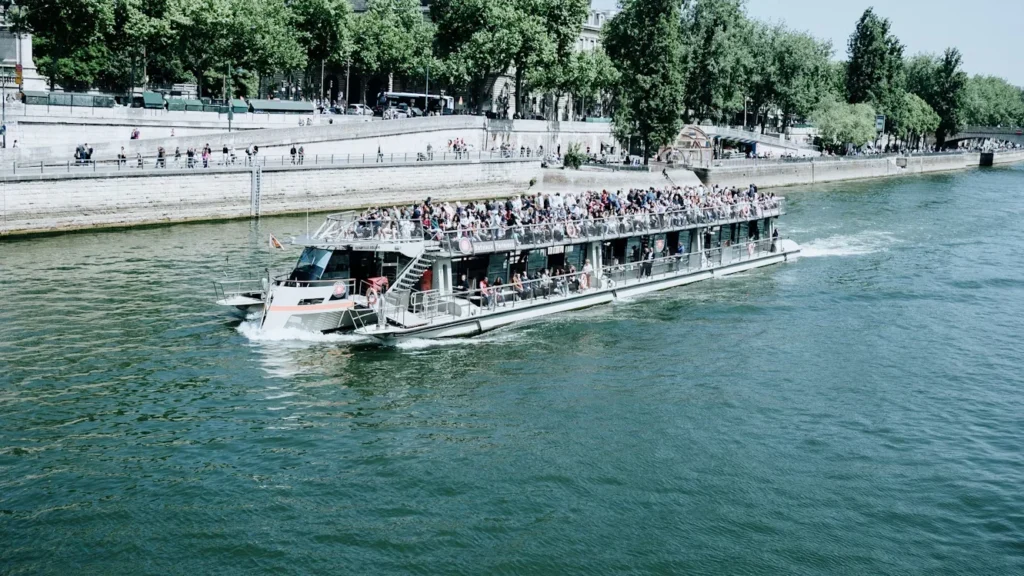
The Danube, while Europe’s second-longest river, remains the star of these cruises. The Danube flows through 10 countries, offering a rich mix of history, architecture, and wine. Cruise stops include Vienna, Melk, Dürnstein, Bratislava, Budapest, and Belgrade.
Castles and strongholds dot the route (don’t worry, we’ll get to the wines):
- Devin Castle (Slovakia): The remains of this castle offer a stunning view of the confluence of the Danube and Morava rivers, and guided tours that include the castle’s ruins, but sadly, not the wine cellars.
- Visegrád Citadel (Hungary): A little north of Budapest, its medieval tower still hosts costumed jousting shows for visitors, which can be a fun night.
Austria’s Wachau Valley is the place to be in terms of wine excursions, known for crisp Grüner Veltliner and rich Riesling.
Cultural stops include:
- Melk Abbey, a poster child for Benedictine monasteries, if ever there was one, boasts a library of over 80,000 volumes and frescoed ceilings. They don’t put the Sistine Chapel to shame, but they are a sight to behold.
- Vienna’s wine taverns in Grinzing, where cruise passengers often enjoy local wines accompanied by live traditional music and schnitzel.
The Douro: Portugal’s Golden River Of Wine
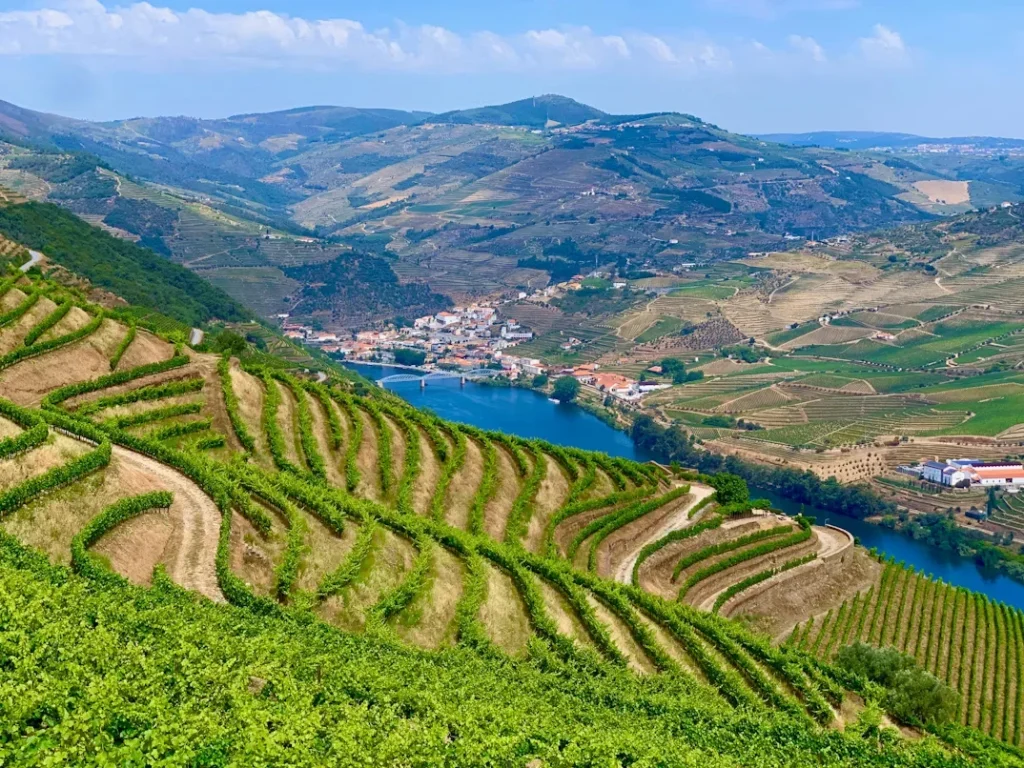
The Douro River is bordered by northern Portugal’s terraced hills, and is the oldest demarcated wine region in the world. Finally, this is where the cup overfloweth. Duoro cruises depart from Porto and travel east through Peso da Régua, Pinhão, and finally Barca d’Alva, near the Spanish border.
Quintas (a local name for wineries) line the slopes, so there will be a lot to visit and taste. Key stops include:
- Quinta do Seixo (Sandeman): A sleek winery with panoramic views over the river. Wine tastings (and they don’t spare the wine) are the norm.
- Quinta da Pacheca: Known for grape stomping experiences in harvest season (late September, so save the date), plus guided vineyard walks and rustic Portuguese meals.
Castles aren’t the strong suit of these cruises, but you’ll pass:
- Castelo de Numão, a granite fortress ruin overlooking almond groves near Vila Nova de Foz Côa.
- Tradition-focused villages like Favaios, sampling Moscatel do Douro, a sweet fortified wine, will be available.
River cruises here often include daytime sailing through deep gorges, five massive locks, and terraced slopes that have been worked by hand for centuries.
The Rhône And Saône: French Vineyards, Châteaux, And Roman Heritage
Now we’re getting into the wine part of this article, and what better place to consider than southern France? The Saône River connects to the Rhône, which means you can elegantly slip into a trip through Burgundy and Provence. The journey typically begins in Lyon, yet another UNESCO World Heritage Site and a gastronomy behemoth to boot, and heads south toward Arles or Avignon.
Wine experiences are foundational:
- In Tain-l’Hermitage, guests tour vineyards wonderfully built on steep granite slopes. In terms of sampling, Syrah reds and Marsanne whites are in the cards for you.
- Shore excursions are going to be tastings at Châteauneuf-du-Pape, one of the Rhône Valley’s most famous appellations that produces bold Grenache-based wines.
Some cruises offer wine blending workshops where guests create their cuvée under the guidance of a vintner, which is nice, but we would believe their combinations rather than our own.
Cultural and architectural highlights include:
- The Château de Tournon is a medieval castle and a wine museum.
- Palais des Papes in Avignon, one of the most significant Gothic buildings in Europe, is a must-see for history buffs. Take note.
- Arles, where you can explore a Roman amphitheatre (not a castle, but there’s no way that someone who loves castles wouldn’t be interested in something that ancient).
- Market tours in Lyon or Viviers often conclude with chef-led cooking classes that utilize local produce, cheese, and wine.
The Moselle: Sloped Vineyards And Storybook Villages
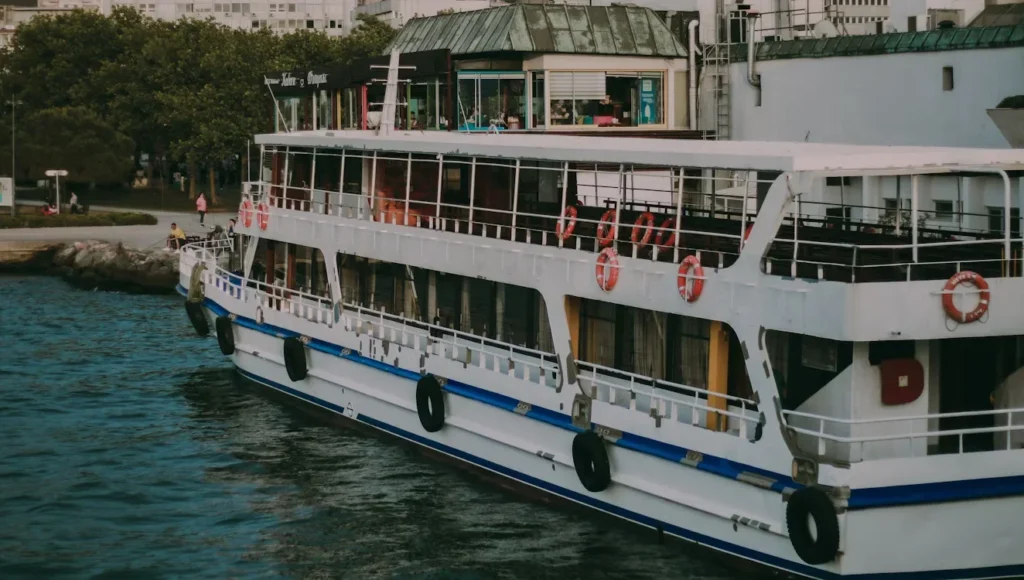
The Moselle River is a tributary of the Rhine but merits mention in this article. It, winds through Germany’s most picturesque wine country. Starts are in Trier, Germany’s oldest city, cruises trace a serpentine path through Bernkastell-Kues, Traben-Trarbach, and Cochem (the names are a bit of a tongue twister, but they’re stunning). The riverbanks are dominated by steep vineyards producing world-renowned Riesling. Notable stops include:
- Weingut Dr. Loosen (near Bernkastell): Known for its elegant, mineral-rich dry Rieslings (those minerals can be the perfect excuse).
- Weingut Markus Molitor: Offers tastings in a centuries-old cellar (the wine will not be centuries old, sadly) with sweeping views of the Mosel loop.
Castles here include:
- Reichsburg Cochem: A 12th-century castle restored in the 1800s in Gothic Revival style, and though restored, refreshingly not a ruin. Tours include interior salons and scenic views over the Moselle.
- Burg Eltz: The same family of objectively very lucky, and probably savvy people, has had this castle for an incredible 33 generations. That wasn’t enough; the castle is situated in a wooded valley and remains one of the most authentic medieval castles in Europe. If castles tickle your fancy, this is the place.
Towns along the Moselle look like they jumped out of a fairy tale, with distinct features such as:
- Half timbered houses in Bernkastel-Kues (the half timbered bit might be challenging to imagine, you’ll have to see it for yourself).
- Art Nouveau architecture in Traben-Trarbach.
- Roman ruins and cathedrals in Trier (it’s not for nothing that it’s not the oldest).
Walking tours often involve vineyard hikes, tastings in local wine taverns, and stops at panoramic viewpoints reachable only on foot. This is pretty standard, but the Rieslings are to die for and well worth the hike.
Wrapping Up
River cruises are about depth, not the inhumane grind of quick travel. The slow approach lets you truly live the experience, where every bend of the river reveals another piece of history, every dock leads to a new flavor, and every evening brings that beloved clink of glasses under a starlit sky, allowing you to take it all in.



